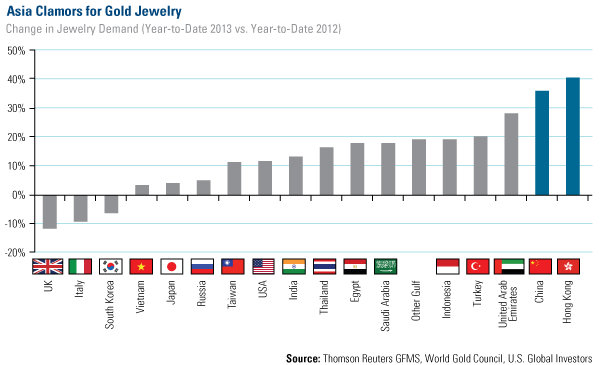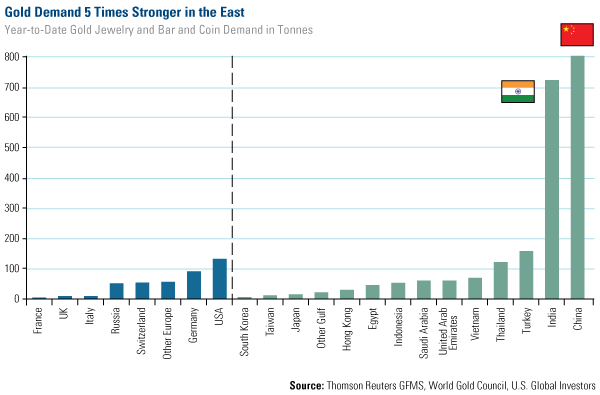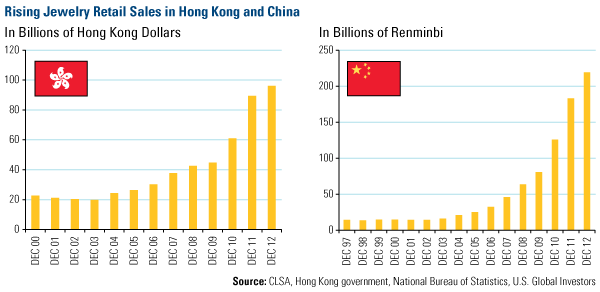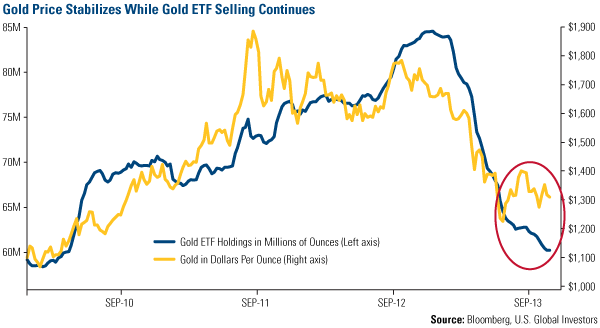Here it comes and a lot of people will be taken totally by surprise. Record buying of Gold by China last year will be translated in the much higher Gold holdings by PBOC. Bloomberg reports that these holdings could surpass now those of Italy and France - Jim Rickards talks about the announcement by Chinese Central Bank of 5,000 t of Gold holdings in the nearest future. It will be the game changer and puts Gold solidly into the investment game as well. Yesterday shock with Jobs numbers can be the sign of the real state of US Economy and it means that FED does not have any real exit strategy from QE permanent state. In another news Royal Mint in UK has run out of gold coins due to the exceptionally high demand.
Peter Schiff: Gold & Dollar - An Imaginary Recovery Does Not Create Real Jobs
"Huge miss in Jobs numbers with only 74k created vs estimated well north of 200k can not be just dismissed as a blip in the data. Peter Schiff discusses that FED can not really Taper now, there is no real recovery and FED does not have the exit strategy. Gold is waking up to these developments. What if this data is the real state of the economy? Once people will realise how wrong is the expectation about the recovery Gold will go straight up. COMEX data shows that Gold shorts will be in trouble very soon."
Bloomberg:
By Debarati Roy
China may have vaulted ahead of Italy and France last year to become the third-largest holder of gold, according to a Bloomberg Industries report.
Assets were probably about 2,710 metric tons, compared with the last reported holdings of 1,054 tons in April 2009, according to the report. Italy’s holdings are 2,451.8 tons, and France owns 2,435.4 tons, according to the World Gold Council data. The U.S. is the biggest holder with 8,133.5 tons.
China’s central bank probably added 622 tons last year after reserves increased 380 tons in 2012, according to the report by Kenneth W Hoffman, senior metals and mining analyst at Bloomberg Industries.
“Based on conversations with officials in China and Mongolia, it’s evident that China feels they want as much gold as much as the U.S.,” Hoffman said in a telephone interview from Skillman, New Jersey. “The refiners in Switzerland have been talking about melting gold after the selloff in London and shipping them to Hong Kong and then from Hong Kong can be traced to China.”
Assets in exchange traded funds backed by bullion fell by more than 869 tons in 2013, according to Bloomberg data, after prices fell 28 percent, the most since 1981.
“Gold has been moving from the west to the east this year,” Hoffman said
The Asian nation’s consumption of jewelry, bars and coins rose 30 percent to 996.3 metric tons in the 12 months that ended Sept. 30, while usage in India, the second-biggest buyer, gained 24 percent to 977.6 tons, according to the London-based World Gold Council."












